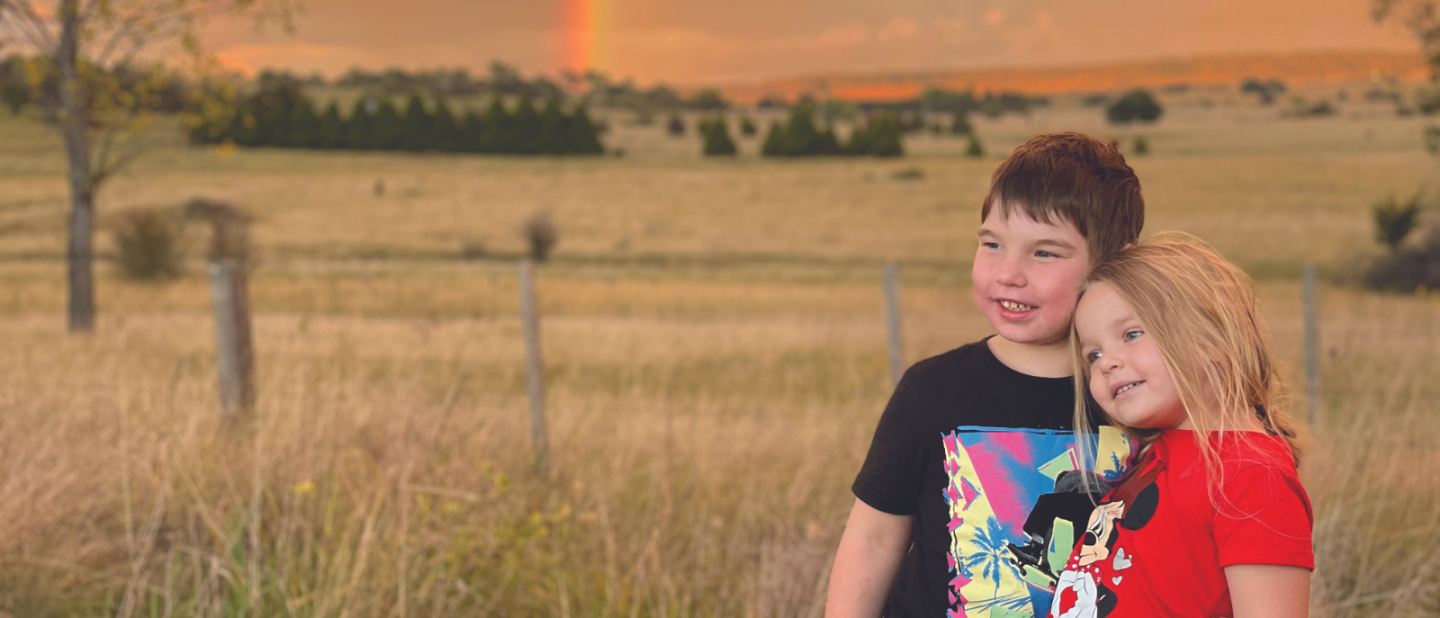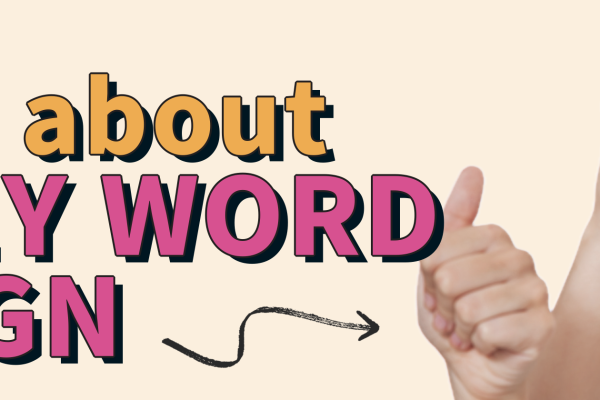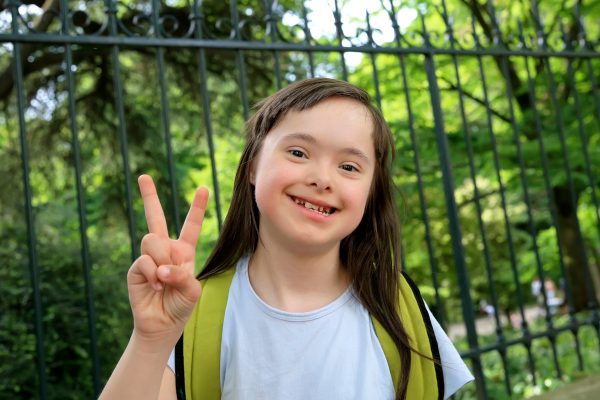
Understanding Autism
By Rebekah Devlin
Difference is not a defect. Neurodiversity brings so much to our community, and we all can do more to promote inclusivity.
Autism is Australia’s most prevalent disability among young people. There are 144,000 NDIS participants aged 0-24 with autism listed as their primary diagnosis – which makes up more than half the people on the NDIS in that age bracket.
According to Victoria’s peak autism body, Amaze, more than 80 per cent of Australians know an autistic person.
But stigma and stereotypes still abound. Trying to pigeonhole a “typical” presentation of autism is like trying to describe the colour red. There is a huge variance, and every shade is different.
Even within the same family, autistic siblings can vary greatly in their presentation and sensory preferences.
There are however, common behavioural traits, and for the purposes of diagnosis, doctors work from a list of criteria in the DSM-5 (a manual for assessment and diagnosis of mental disorders).
Still, many autistic people slip through the diagnosis cracks, and increasingly, adults are being diagnosed after a lifetime of struggling with feelings of being “different”.
Brisbane-based Professor Tony Attwood is considered a world authority on autism, but is calling for more autistic people to become paediatricians, psychologists, occupational therapists and speech therapists to bring their experience to guiding and shaping support and therapy programs for the next generation of autistic children. He, and many in the autistic community, want more authentic voices to contribute to the public discussion on autism, designing programs that will not harm our children, and finally moving away from the deficits focus which has plagued autistic people for so long.
It is hoped that by listening to autistic experience, that the broader community as a whole will embrace the difference autistic people bring, that we will stop seeing autism as something that needs “curing”, and celebrate the extraordinary gifts and perspective that neurodiversity brings to our society.
What other conditions can occur alongside autism?
Autistic people may also be diagnosed with intellectual disability, language delay, epilepsy, attention deficit hyperactivity disorder (ADHD), anxiety and/or depression. In practical terms, this means each autistic person will have diverse needs for support in different areas of daily life to enable them to participate and contribute meaningfully in their community.
What causes autism?
There is no known cause of autism. Right now, evidence suggests that autism results from changes to the development and growth of the brain. These changes may be caused by a combination of factors, including genetics. Autism is not caused by parenting or social circumstances, and nor is it caused by vaccination or other medical treatments.
I think my child might be autistic. What should I do?
If you think your child is autistic, you can seek an assessment from a team of professionals experienced in the field. However, this can be a long process and there are other things you can do to support your child immediately while waiting for an assessment. Talking with members of the community can really help with this. Joining online or offline groups, reading articles written by autistic people and speaking to other parents of autistic children will help you support your child.
If you do have your child professionally assessed, it’s important to know the process includes a series of tests over several appointments that will help the team of professionals decide if your child meets the diagnosis criteria. Children can be assessed from around 18 months of age.
To organise an assessment, you can contact government-funded teams directly but you may need a referral from your GP or paediatrician, which is always a good place to start.
Source: Amaze – Amaze has a great website full of evidence-based information where you can find much more detail about autism, you can also talk to an experienced autism advisor through Amaze’s free helpline Autism Connect on 1300 308 699 or via webchat at amaze.org.au/autismconnect
What is autism?
Autism is a neurodevelopmental condition that affects the way people communicate and interact with the world. Characteristics generally appear in early childhood and will be present in some form for life. Autism is not an illness or disease – it is a lifelong disability. People are born autistic and remain so all their lives.
Autism may change the way that individuals interact with other people, and autistic people may find the world a confusing place. Every autistic person is different, which means that each person has unique strengths and challenges.
Autistic people may have:
• Unique ways of communicating and interacting with others
• Different behaviors and different physical movements
• A strong interest in one topic or subject
• Strong or different reactions to what they see, hear, smell, touch or taste
• Preferences for routines
The term “spectrum” is used to describe the range of characteristics and abilities found in autistic people – it does not refer to a linear scale. The spectrum looks more like a wheel (see illustration below) as autism consists of many different traits or ways in which the brain processes information.
Source: Amaze






